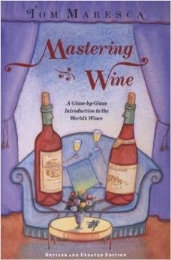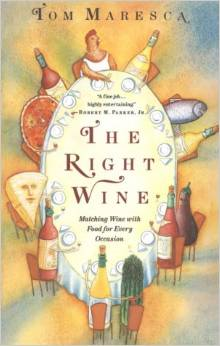Brandy is its own multiverse, many wonderful drinks hiding under one collective noun – and I love most of them. Many people, I think, use “brandy” as a catch-all term to signify no more than some kind of alcoholic drink, just as many country and western tunes warble about “wine” for the simple reason that they can’t work “whisky” into the rhyme scheme.
I suspect some older people may avoid brandy because of unfortunate childhood experiences with cheap blackberry brandy, which in my and Diane’s parental homes was the inevitable nostrum for any stomach ailment or incipient cold. I remember it was even forced on our dog, because the poor springer spaniel was subject to painful cramps. It did relieve his cramps, but he sure didn’t like it. Nor did we children.
I’d guess that for most actual wine drinkers brandy usually means primarily or exclusively Cognac or Armagnac. This is far from a bad pair of choices, but brandy is a much richer field than that. Cognac and Armagnac are collective nouns too, covering distillates from differing zones – Ténarèze or Bas Armagnac, Fins Bois or Grand Champagne Cognacs, just as for instances – and differing ages of blends, as well as single-vintage bottlings. These can make mighty differences, differences I have come to relish.
.
.
I remember, decades back Diane and I metro-ing out to the wilds of the Parisian slaughterhouse district to feast at Au Cochon d’Or and finish the meal with – the real reason we had ventured so far – very old Cognacs: a Borderies and a Grand Fine Champagne. The latter was an 1893, and was so ethereal it almost evaporated on the tongue.
In slightly later days, Diane and I visited the distinguished French Senator Abel Sempé for a tour of his Armagnac distillery and cellar. This included – lucky us! – a taste of his 1875, right from the cask in which it still reposed. Velvet fire, that warmed without burning, and felt weightless on the tongue, making absolutely clear why these drinks are called “spirits.” These are flavors you never forget, and they are what make “brandy” so much a richer trove than casual drinkers suspect.
.
.
I won’t here go into all the pleasures of grappa – I’ve done enough of that in other posts – but I can’t not mention marc. (I guess I’m in a Francophile phase.) Almost every wine region in France has its own marc, distilled either from the pomace of local grapes, like grappa, or from regional wines. These are often very fine, though even in France they can be hard to find outside their home range. Such is the prestige of the two -ac brandies that everything else has become unfashionable. But Diane and I – confirmed spirits lovers as we are – have with just a little hunting enjoyed fine marcs from the Loire, from Champagne, from Hermitage and Châteauneuf du Pape, and especially from Burgundy, where the tradition of distilling and consuming marc seems to be still quite robust. We thank whatever gods may be for such small blessings.
.
.
One final thought: I don’t want to ignore brandies made from fruits other than grapes. Some of those distillates are exquisite. Many respond beautifully to being chilled and served in an icy glass. As with some grappas, that treatment makes their aroma blossom, and also makes them an ideal digestif on a hot summer evening. Best known of the fruit distillates is the Norman and Breton specialty, Calvados (which, despite what I just said, is best served at room temperature). But Alsace in particular produces a wonderful array of fruit brandies – poire, framboise and framboise sauvage, and mirabelle, to name the most widely available ones. In Paris, once, far too many years ago, we acquired a bottle of eau de vie de pomme verte – green apple – that was an amazing summer digestif. Alas, we’ve never seen it since.
.
.
My favorite of the ones we can get is framboise, whose heady raspberry aroma can be intoxicating before you even sip it. Diane’s is mirabelle, a rounder, softer distillate that captures perfectly the essence of the small golden plums that make it.
What more can I say? Brandy really is a multiverse, and this year it has ended many a dismal winter day for me on a much warmer, happier note than I could have ever expected from the grey skies that preceded it. New York may have had very little snow this year, but that didn’t prevent winter from being damp and chilly and depressing – the very kind of weather that propels me to the snifter I use to explore the multiverse.
.




















